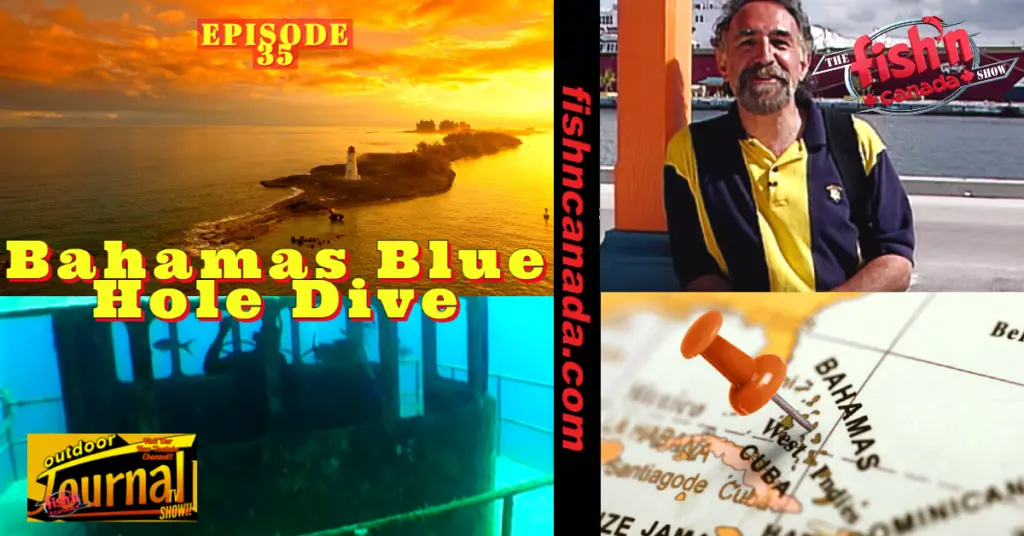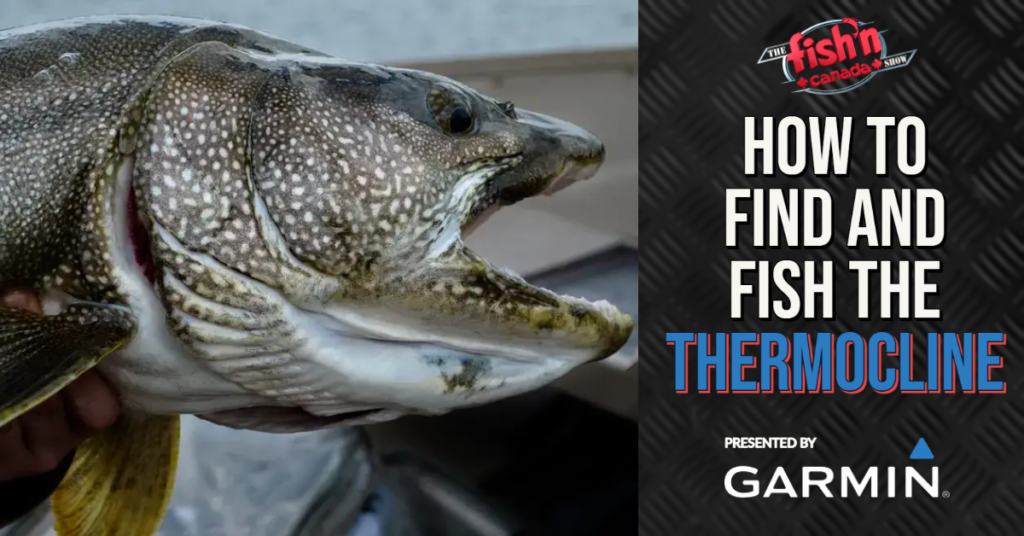Angelo finds himself in a desperate search for one of the Bahamian “Blue Holes”. While he explores the fabulous Caribbean underwater world, he suddenly finds the bottom literally drops out from beneath him!
This week on Outdoor Journal Radio, Angelo is flying solo to talk to Dr. Trevor Avery about a new…









One Response
Going In The Hole !
The ocean environment, as I have mentioned several times, is filled with many awe inspiring phenomenon. Danger and treachery are the name of the game when dealing with natures most powerful entity. The fish and animals that inhabit this world are one thing, but the unexpected events and sudden changes in landscape beneath the waves can and will have a spine tingling effect on just about everyone.
A few years back, Angelo Viola and the Fish’n Canda crew went in the hole. No I don’t mean finacially. They actually went on an intrepid adventure into the Bahamas’, “Blue Hole”.
A Blue Hole is a large marine cavern or sinkhole which is open to the surface and has developed in a bank or island composed of a carbonate bedrock (limestone or coral reef). Their existence was discovered in the late 20th century by fishermen and recreational divers. Blue holes typically contain tidally influenced water of fresh, marine, or mixed chemistry. They extend below sea level for most of their depth and may provide access to submerged cave passages. Well-known examples are the Dragon Hole in the South China Sea and in the Caribbean, the Great Blue Hole and Dean’s Blue Hole near the Bahamas.
Blue Holes are roughly circular, steep-walled depressions and so named for the dramatic contrast between the dark blue, deep waters of their depths and the lighter blue of the shallows around them. Their water circulation is poor, and they are commonly anoxic (areas of sea water, fresh water, or groundwater that are depleted of dissolved oxygen) below a certain depth. This environment is unfavorable for most sea life, but nonetheless can support large numbers of bacteria. The deep blue color is caused by the high transparency of water and bright white carbonate sand. Blue light is the most enduring part of the spectrum. Other parts of the spectrum—red, yellow, and finally green—are absorbed during their path through water, but blue light manages to reach the white sand and return upon reflection.
As mentioned above, the deepest blue hole in the world at a depth of 300.89 meters (987 feet) is in the South China Sea and is named the Dragon Hole or Longdong. The second deepest blue hole in the world with underwater entrance at 202 metres (663 ft) is Dean’s Blue Hole located in a bay west of Clarence Town on Long Island, Bahamas. Other blue holes are about half that depth at around 100–120 metres (330–390 ft). The diameter of the top entrance ranges typically from 25–35 metres (82–115 ft) (Dean’s Blue Hole) to 300 metres (980 ft) (Great Blue Hole in Belize).
The overall largest blue hole (taking into account depth and width) is located 100 kilometers from the coast of Belize. The Great Blue Hole is a massive 300 meters (984.25 ft.) wide and 125 meters (410.10 ft.)deep.
Angelo Viola and the Fish’n Canada crew are known for many things in the fishing industry but, that is what I call really getting down to business.